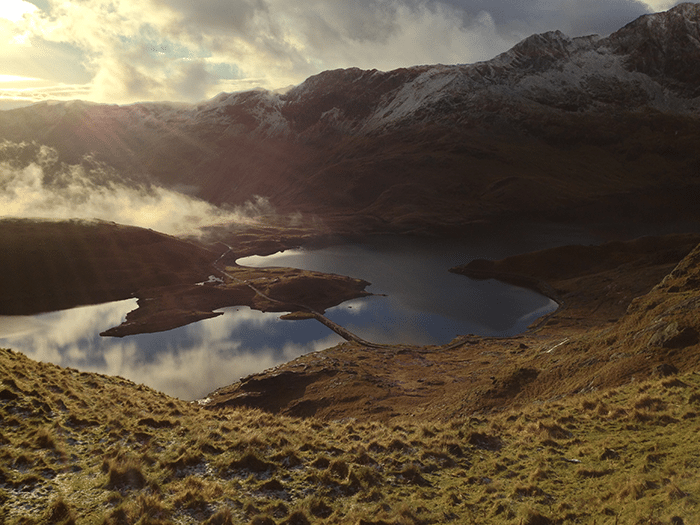How to Get the Benefits of Altitude Training at Sea Level
I’ve skied since my dad had to hold me between his legs and I’m well-acquainted with the impact of high altitude. No matter how many times I visit the mountains, however, I still feel the side effects of being above sea level. Though it tires me out, I always feel great on my first jog after a ski trip – so I started thinking: how can I better prepare for my mountain getaways and also reap the benefits that being at higher altitudes bring?
Good news for all the Midwest residents out there – there are ways to change your workout regimen to mimic the effects of high altitude without moving out West. Read on for information on how high altitude impacts your body and why it benefits you to prepare for a challenging hike or to amp-up your race training.
What is “altitude”?
“Altitude” is just a measurement for vertical feet. “High Altitude” is generally defined as 5,000 – 11,500 feet above sea level. For a quick perspective, Chicago, Ill. has an elevation of 619’, Grand Rapids, Mich. is 794’, Denver, Colo. is 5,883’ and the Summit of Mount Everest is a whopping 29,002 feet above sea level!
What does altitude do to your body?
When you reach higher altitudes, the air pressure is lower, which means fewer oxygen molecules are present in the air. (It is also why all of the chip bags in the Colorado grocery stores looks like someone blew them up with helium). At around 8,000 feet above sea level, you have 25 percent fewer oxygen molecules available per breath – which is why you end up panting to try to get your fill of more oxygen.
What benefits does it have on your fitness?
One way the body adjusts to the high altitude is by creating more red blood cells – it takes about a week for the body to build new red blood cells, and while that is happening the body is also creating more capillaries to match the increasing numbers. This is starting to be a flash back to 7th grade science class, but basically more red blood cells and capillaries means better transportation of oxygen throughout your body, making your muscles work harder, longer and also recover more efficiently.
How to best prepare for the altitude?
Prepare a diet rich in iron to boost your hemoglobin levels, so stock up on foods like dark leafy greens, red meat and beans. Carry a water bottle with you everywhere and try to drink as much water as possible. Also try to avoid anything that dehydrates you already, like alcohol and caffeine. When you first arrive in higher altitude, take it easy. Give your body a few days to acclimate before you try to push yourself with tempo runs or your normal full workout.
How can I reap the benefits in the Midwest?
Now for the important information for those of us that can’t make long trips to the mountains: how to mimic the benefits of high altitude.
- Find steep hills and run or bike up them regularly. There’s a decent hill in Chicago called “Cricket Hill” that is right off the Lake Shore path by Montrose harbor. Though nothing to write home about, doing hill repeats will definitely tire you out. If there are really no hills in your area, a stair climber or setting the treadmill at a high incline will also do the trick.
- The elevation training mask is an altitude simulation product that limits your intake of oxygen. Benefits of training with the mask include conditioning the lungs to increase anaerobic thresholds and strengthening the diaphragm. Though you may look a little goofy, if you seriously want the benefits it could be worth it for you.
- Increase the intensity of your cardio training – instead of going at a leisurely pace during a long run, mix in fartlek training (speed play) to get your heart rate pumping and increase your blood production.
Have you ever had an experience with high altitude? Share feedback on tips on how to adjust to the elevation or how you felt after returning to sea level below!













